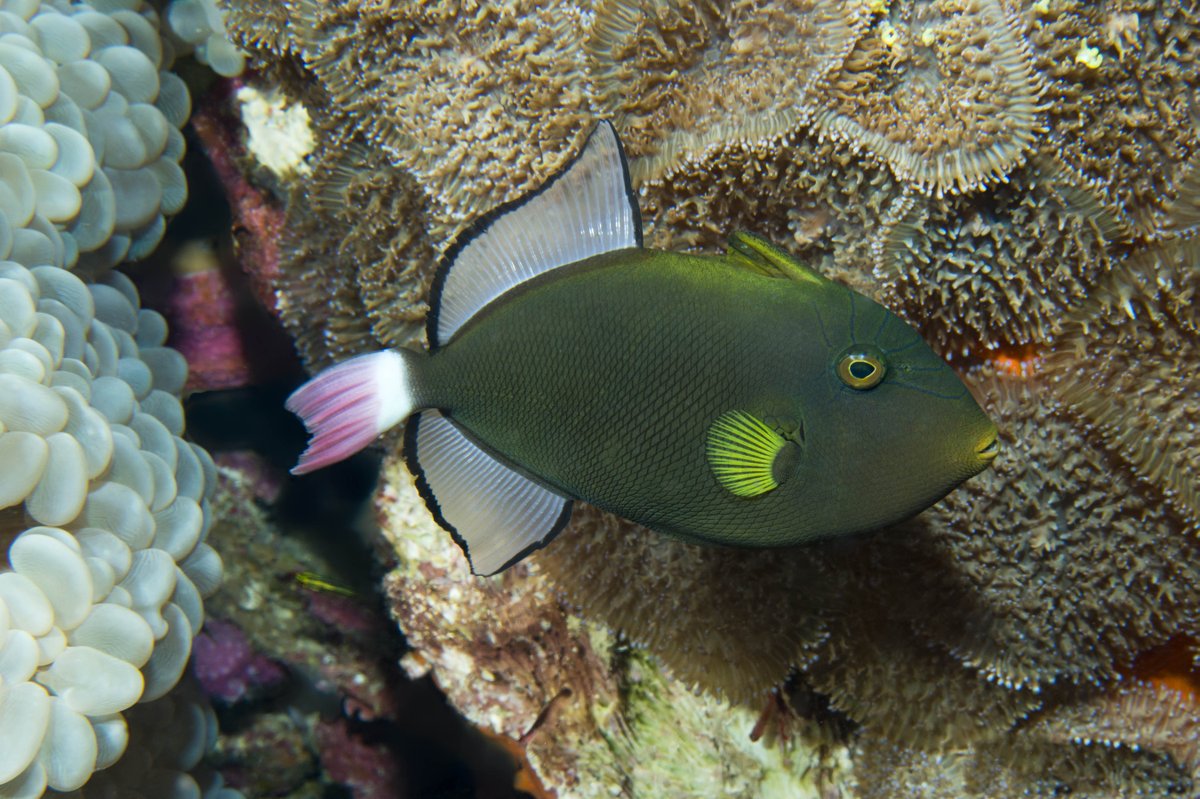
If our green moray eel looks slimy, that's because they are! Moray eels are covered in a layer of yellow mucus to protect them against parasites. Gross to some, cool to us. 🤓 #FishFactFriday
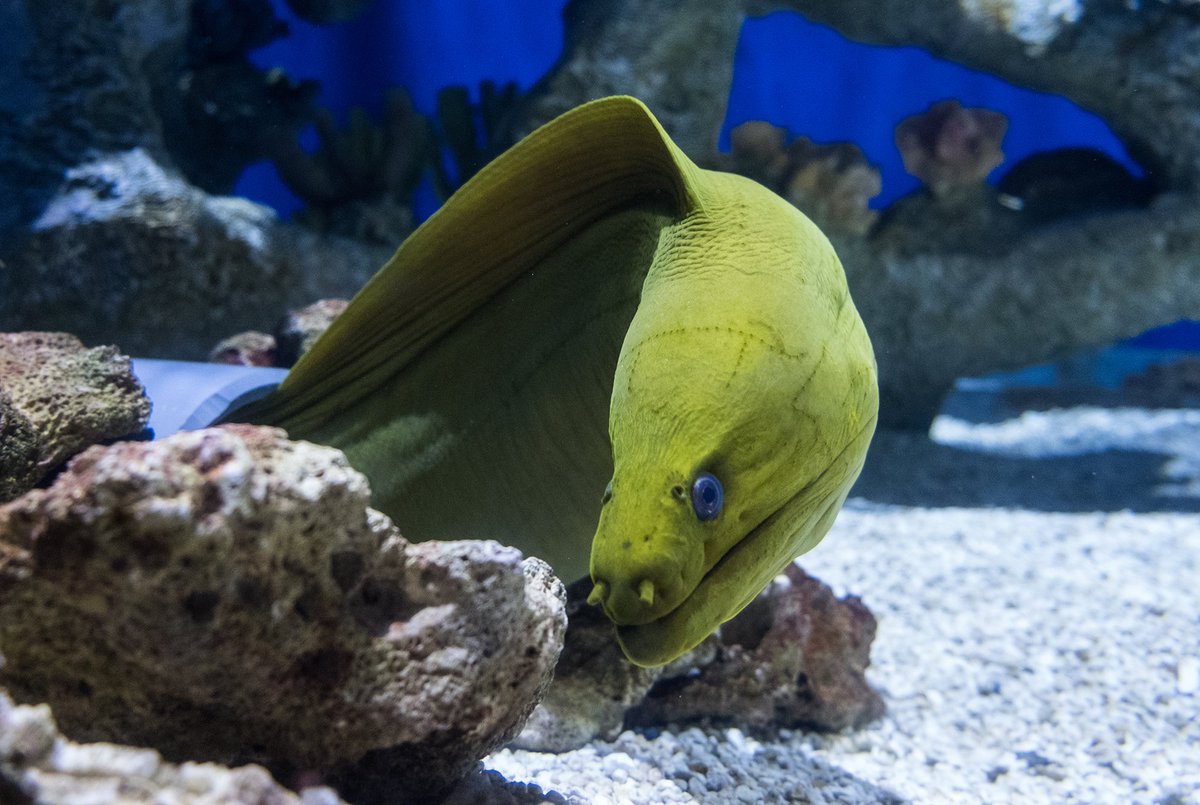

Corkwing wrasse (Symphodus mellops) in kelp beds near Ventry Harbour, Co. Kerry, June 2018. On this 100 m transect alone I came across four males building their nests (you can see bits of seaweed in its mouth), and guarding them very zealously. #phycologyFriday #fishfactFriday


Fun fact: catfish have over 100,000 taste buds. Humans only have 10,000. Jealous?
#WeirdWaters #FunFactFriday #FishFactFriday #CGAnimation #Animation #Cartoon #NewSeries #TropicalFish #FreshwaterFish



This is a German Blue Ram, native to the Orinoco River of Venezuela/Colombia. Unlike many other fish, they like to form monogamous pairs and take care of their babies (fry). A typical clutch may have up to 300 eggs! #FishFactFriday


Aloha Friday! Looking for a unicorn? Meet the unicorn tang or spotted unicornfish (Naso brevirostris), known as kala in Hawai‘i. They develop a 'horn' later in life, but it's purpose remains a mystery... What do you think it's for?
#FunFactFriday #FishFactFriday #sciart
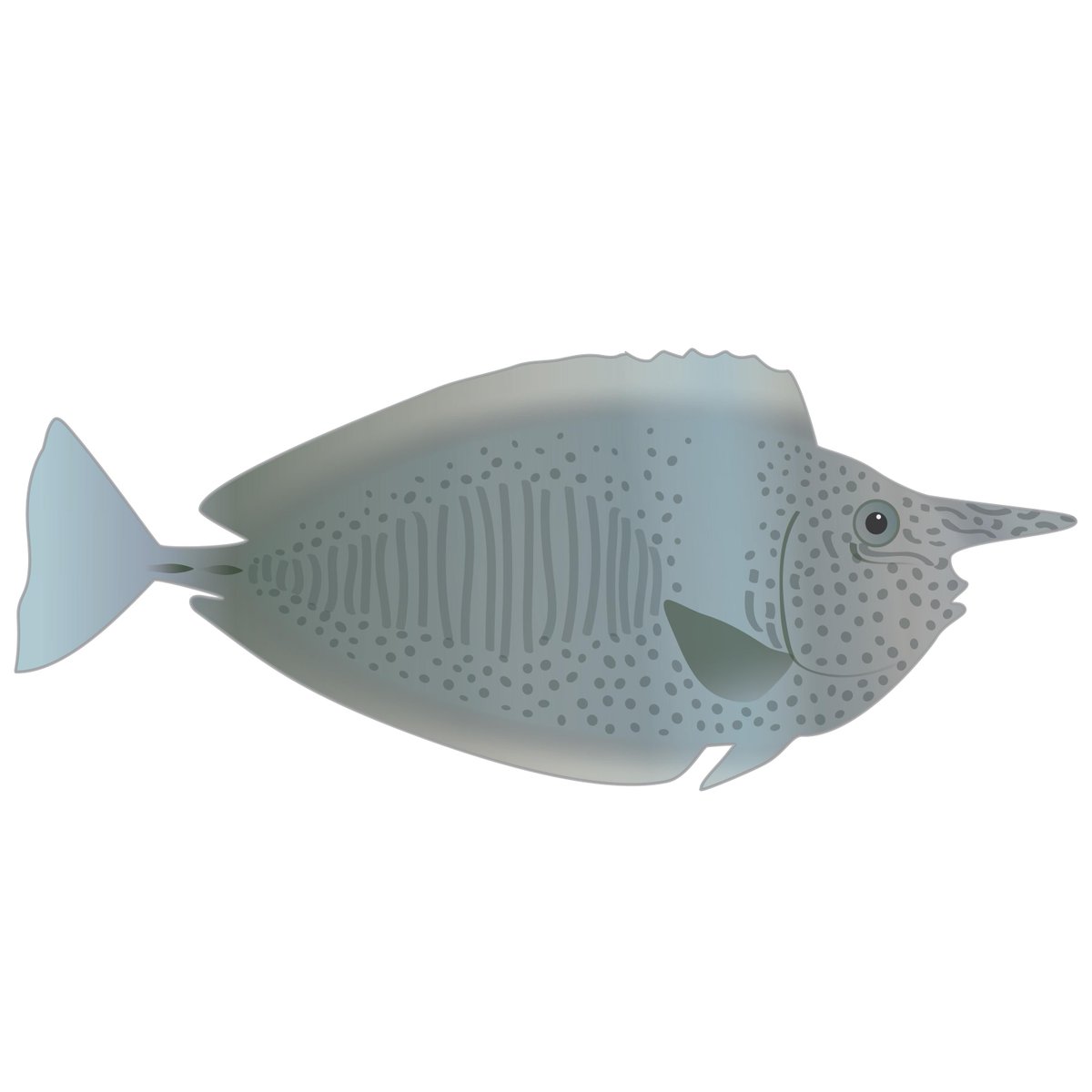

Ready to have your mind blown? Upside-down catfish — like Melloo — can swim either upside down or right side up! 🤯
#WeirdWaters #FunFactFriday #FishFactFriday #CGAnimation #Animation #Cartoon #NewSeries #TropicalFish #FreshwaterFish #Melloo
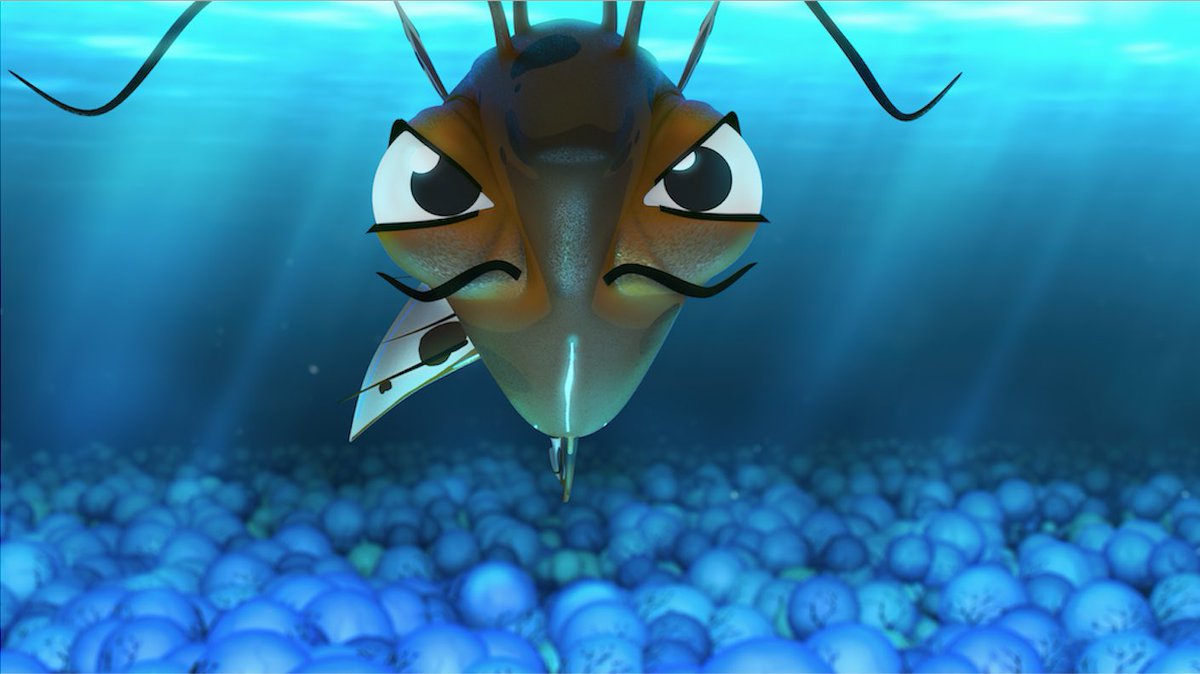

Spiny lumpsuckers grow only a few inches long and have rounded bodies. Instead of scales, they are covered in spiny plates called tubercles, and have modified fins that act like a suction cup, allowing them to attach to rocks or other substrates #FishFactFriday
Photo by NOAA
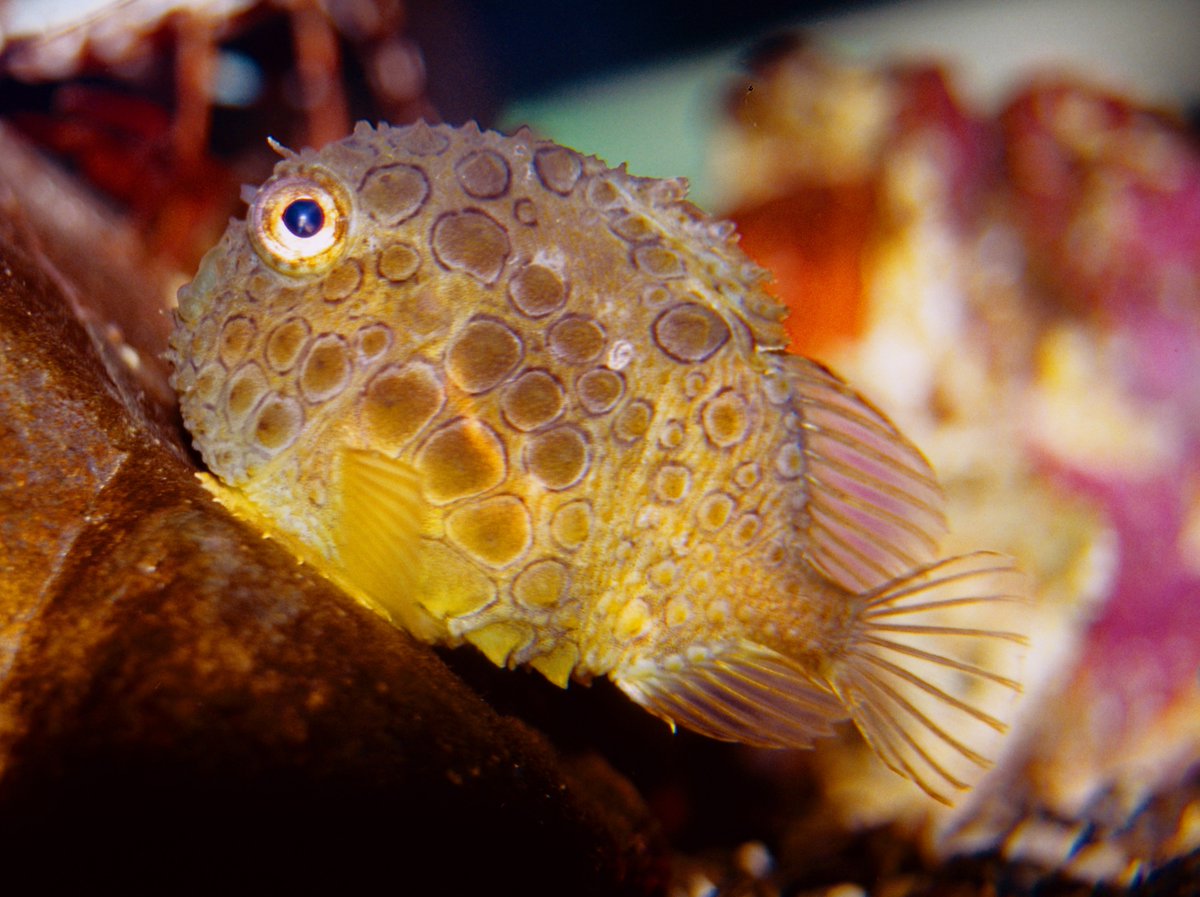

The Potter's angelfish (Centropyge potteri) is uniquely patterned. It is easily identified by its blue and black stripes, and the deep orange which shades into a grayish-blue on its sides. 🐠 #fishfactfriday


They may have long eel-like bodies, but wolf eels aren’t true eels – they are members of the wolffish family. Juvenile wolf eels are bright orange, but as they age adults become brown or gray #FishFactFriday
Photos by NOAA and USGS


Parrotfish are named for their teeth, which form beak-like plates. These teeth allow parrotfish to scrape algae off coral and rocks. While feeding, parrotfish ingest some of the coral’s skeleton, which is eventually pooped out as sand! #FishFactFriday
Photo by NOAA



Congratulations to PhD candidate, Morgan Piczak, on TODAY'S publication of her third chapter! #fishfactfriday #invasivespecies #commoncarp #americanfisheriessociety #ontairo #sciencecommunication
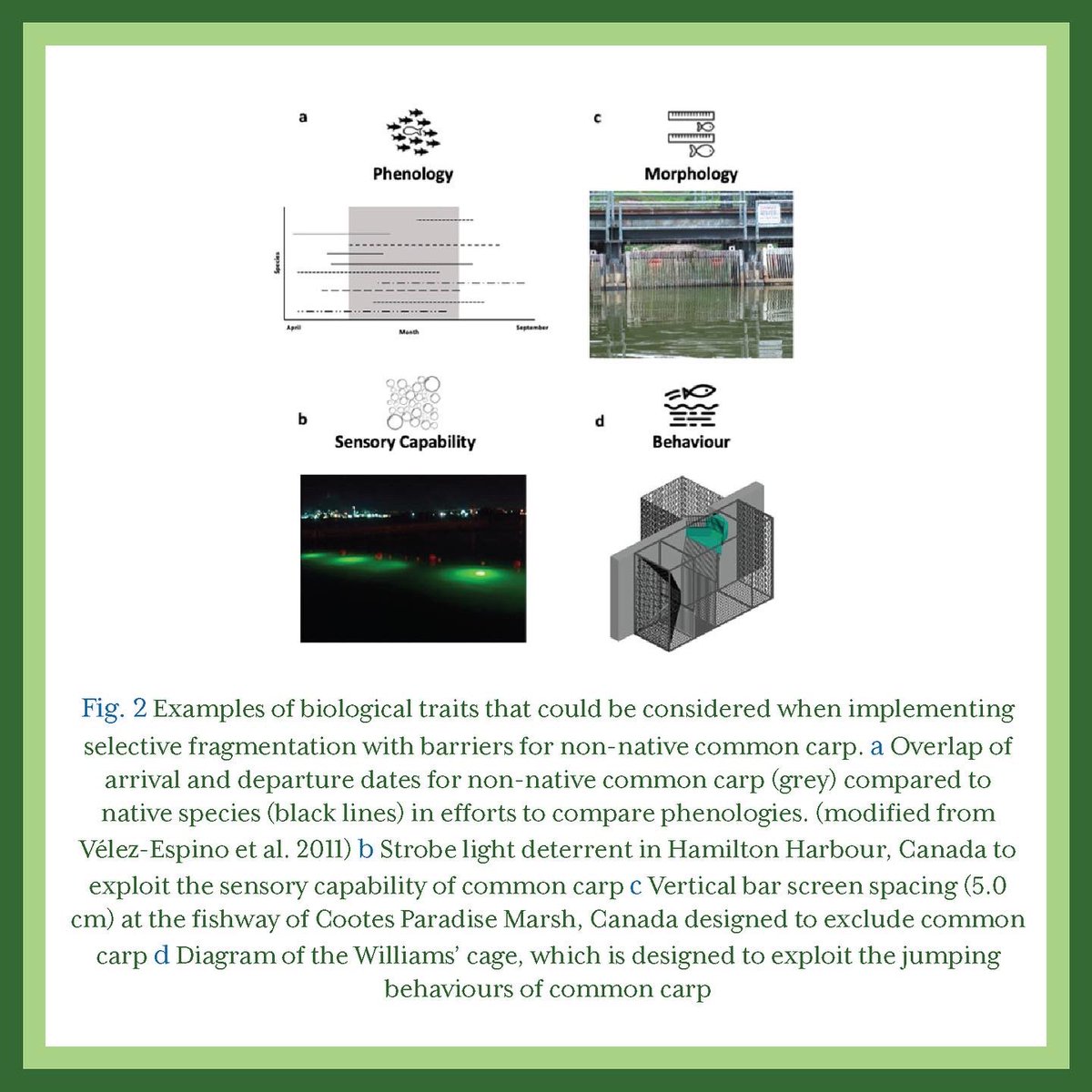

#FishFactFriday : Salema porgy (Sarpa salpa) is a type of sea bream that causes hallucinations when eaten! The hallucinogenic nature of this fish is thought to be caused by a toxic phytoplankton that it eats


Happy #FishFactFriday from Gavin Fay’s #SciComm class! Did you know that the #mudskipper is a fish that can survive in water and on land??? Check out this epic battle between two mudskippers from @NatGeoWild youtu.be/NdpDNx2p67E

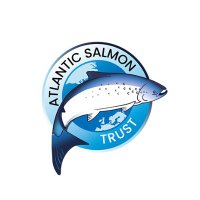
#FishFactFriday The wild Atlantic salmon is an extraordinary species. It is able to survive in both fresh and saltwater and navigates thousands of miles to feeding grounds in the northern oceans before returning to the place of its birth to reproduce.

It's #FishFactFriday !
We met this 'fish' in last week's episode...FUN FACT: Pachyrhachis Problematicus has been giving scientists exactly as much trouble as the name implies. There are only 2 known specimens, & no one seems to know just where in the fossil record they should go!


Check out those 'pearly whites!' Porcupinefish have teeth that are fused together, appearing as two 'plates' on the top and bottom of their mouth. Check them out the next time you peek into the Great Ocean Tank! #fishfactfriday


The smooth seahorse (Hippocampus kuda) is appropriately named as it lacks the spines common of other species. It exhibits a mottled color from light to dark brown depending on its surroundings. #fishfactfriday


This week’s #FishFactFriday looks at a #literaturereview where they found only 24 publications studied the efficacy of public awareness campaigns and only four of those campaigns were successful in #invasivespecies management. #fisheriesmanagement #americanfisheriessociety #afs


